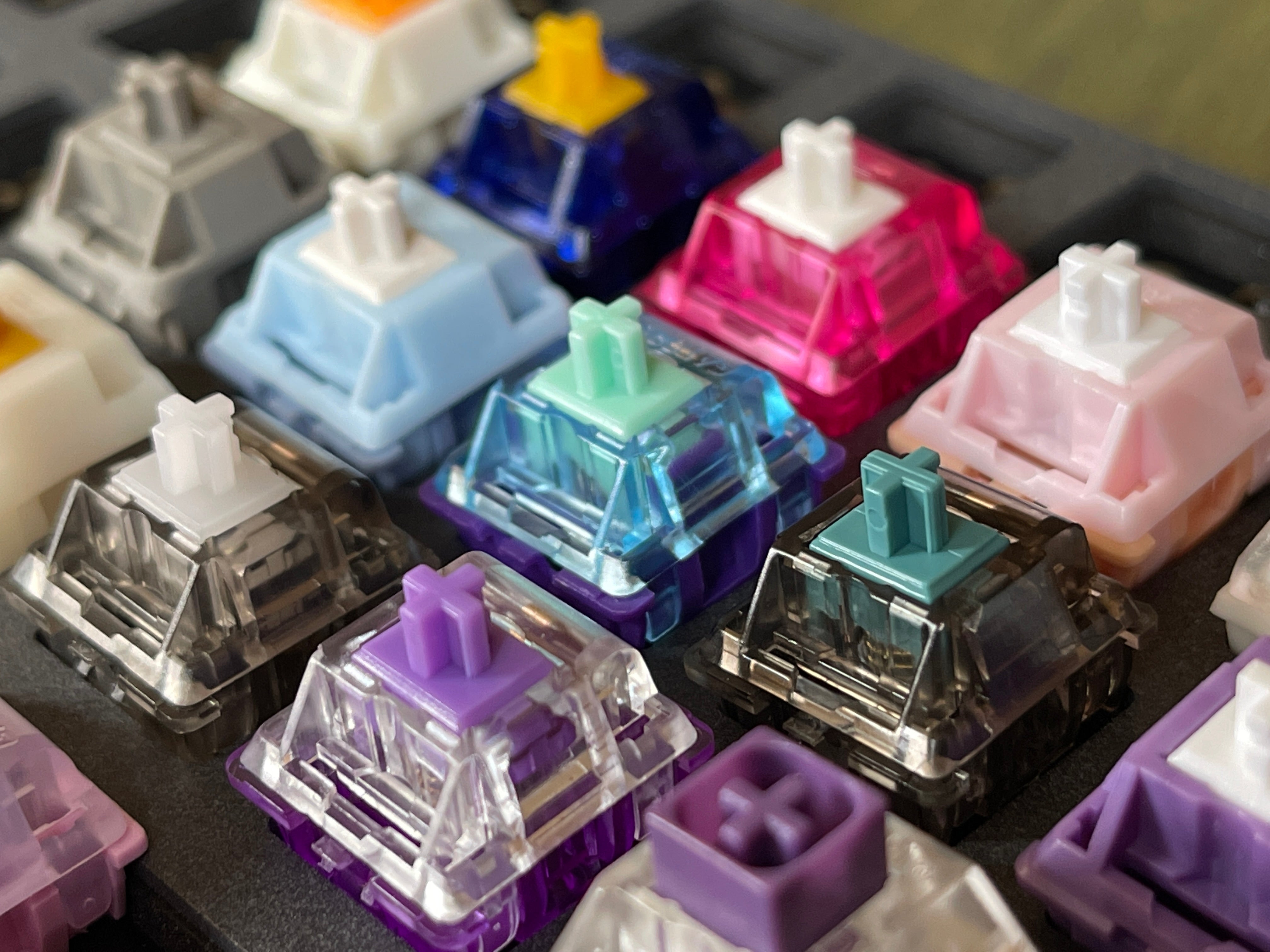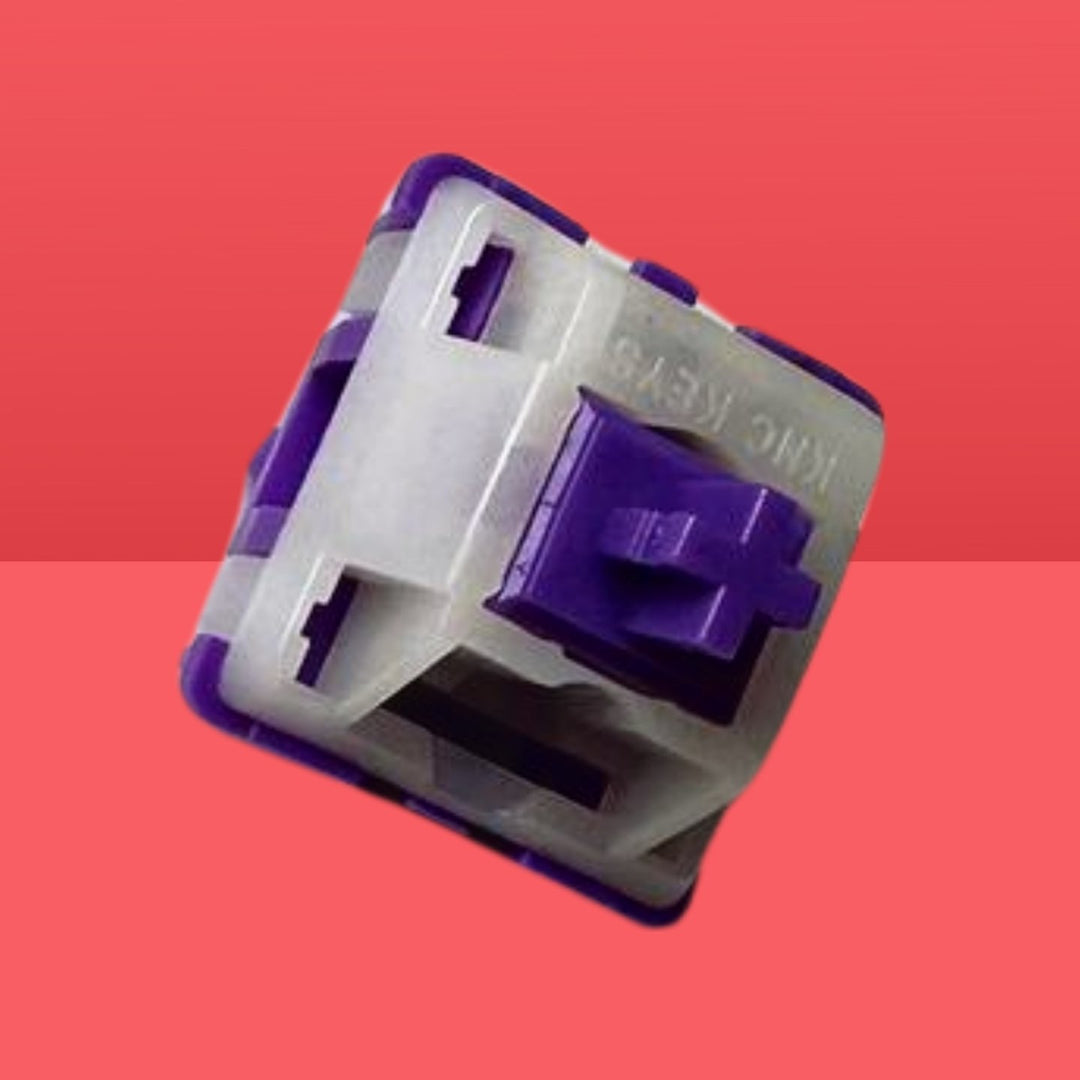The market offers a variety of tactile switches with different feedback styles.
Understanding the Benefits of Tactile Changes for Enhanced Customer Experience
Responsive switches are integral to modern-day individual interfaces, supplying physical feedback that enhances interaction precision and individual satisfaction. By supplying a distinctive sensation upon activation, tactile switches confirm individual inputs without the need to divert visual attention, streamlining job execution and reducing mistake prices.
Exploring the Mechanics of Tactile Switches Over
To recognize how responsive switches improve user experience, it is necessary to look into their technicians. Responsive switches run with a system that customers can feel and hear when a key is pushed. This is attained by incorporating a little dome or bump within the button, which develops resistance at a specific point in the keypress path. When this factor is gone beyond, the resistance paves the way, generating a recognizable 'click.' This physical sensation is vital as it offers prompt physical feedback to the customer, confirming that the input has actually been made without requiring to turn on the button completely.
The construction of these buttons varies, yet usual materials consist of metal for the contacts and rubber or silicone for the responsive dome - tactile switches. These parts are crafted to withstand millions of cycles, ensuring longevity and regular efficiency with time. This reliability makes responsive buttons especially preferred in environments that demand quick, specific user input
How Tactile Feedback Improves Accuracy and Rate
Several customers find that tactile responses from buttons dramatically enhances both the precision and rate of their interactions with tools. The unique physical sensation given when a responsive switch is activated enables users to validate their input without requiring to confirm visually. This confirmation is critical in settings where attention is divided throughout multiple tasks, as it makes certain inputs are both willful and proper.
In addition, the instant feedback from tactile buttons lowers the time taken between activities. Customers do not need to push keys numerous times to make sure activation, bring about quicker feedback times. This performance is particularly beneficial in high-speed inputting situations where each nanosecond can contribute to overall efficiency.

Additionally, the enhanced sensory experience minimizes user fatigue and enhances interaction, making interactions extra instinctive and less susceptible to errors - tactile switches. Hence, tactile buttons not just boost the functionality of a gadget yet also contribute to a more satisfying user experience
The Function of Tactile Changes in Gaming Efficiency

In addition, tactile buttons add to much faster response times. The physical sensation confirms the key press without the need to bottom out the tricks, enabling quicker inputs and a smoother pc gaming experience. This is linked here particularly helpful in video games that require quick and repetitive keystrokes, where rate is usually as critical as accuracy.

Responsive Switches in Specialist Environments
Responsive switches are similarly transformative in specialist settings, where performance and ergonomic style enhance performance. These switches, generally found in high-precision key-boards, are prized for their responsive comments - tactile switches.
In setups like control areas or workshops, responsive switches are integrated right into devices for their trustworthy performance. They use drivers the assurance required in high-stakes atmospheres, guaranteeing that every command or adjustment is executed as intended. This dependability, coupled with the tactile reaction, aids preserve high levels of focus and functional effectiveness, crucial in preserving operations and meeting expert requirements.
Comparing Tactile and Non-Tactile Interface
Exactly how do tactile individual interfaces contrast to their non-tactile counterparts? Responsive user interfaces, such as those with physical switches or distinctive surface areas, offer prompt physical responses with touch.
The choice in between tactile and non-tactile user interfaces usually depends upon the application's context and individual demands. For example, responsive interfaces are indispensable in scenarios calling for operation without direct line of vision, such as driving or in particular industrial setups. Conversely, non-tactile user interfaces can be superior in clean or sterilized atmospheres where physical buttons may nurture pollutants. Each type has its staminas, and the ideal choice enhances customer communication, making certain performance and efficiency in individual experience.

Final Thought
In verdict, tactile switches considerably enhance customer experiences by giving crucial physical comments. By using an extra user-friendly and rewarding interaction, responsive buttons verify remarkable to non-tactile interfaces, making them a preferred option for users seeking dependability and performance in their communications continue reading this with modern technology.